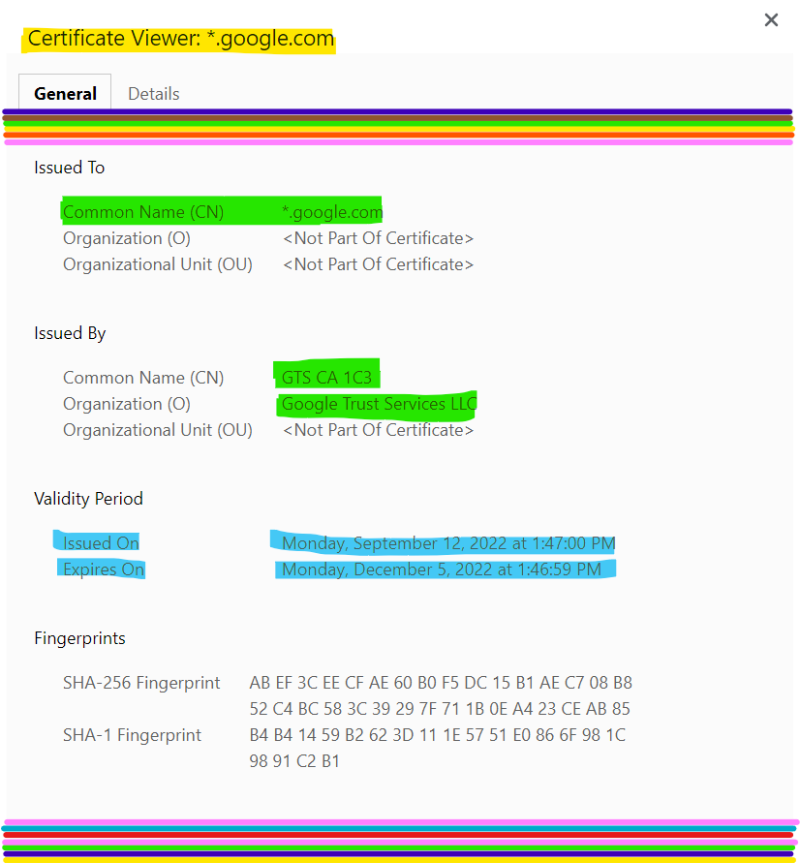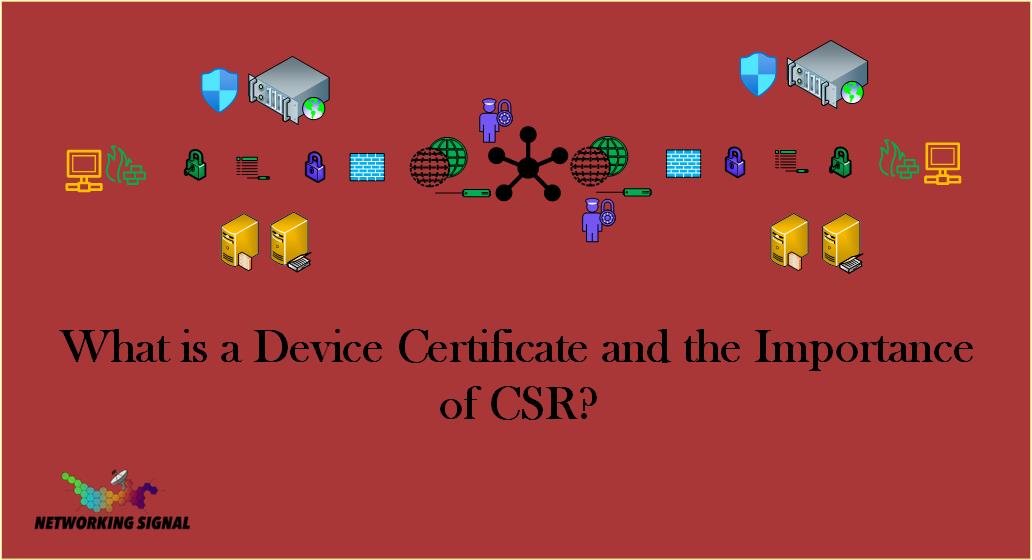What is a Device Certificate?
A device certificate is a type of digital certificate that is used to authenticate devices such as routers, switches, and other networking equipment. Device certificates are often used in conjunction with public key infrastructure (PKI) to provide a higher level of security for communications between devices.
In many cases, device certificates are used to secure communications between devices on a network or between a device and a server.
Device certificates can be used for a variety of purposes, including authenticating devices to each other, authenticating devices to servers, and providing encryption for communications between devices. Device certificates are often used in conjunction with other security measures such as firewalls and intrusion detection systems (IDS).
Importance of CSR in the device certificate

A CSR is an important part of the device certification process. It allows you to generate a device certificate that is signed by a CA. This gives your device certificate better compatibility with software and devices, and it also makes it trusted by web browsers. A CSR can also be used to generate a device certificate that can be used for SSL/TLS encryption.
How to CSR create in an F5 load balancer?
A CSR is a Certificate Signing Request. It’s a block of encoded text that contains information about your organization and your site’s domain name. It allows F5 to generate a device certificate for your load balancer.
Here are the steps to create:
1. Log in to the F5 administration console.
2. Go to System > Device Certificates and click on Create.
3. Select Generate a new Certificate Signing Request and click Next.
4. Enter the following information:
- Your site’s domain name (e.g. www.example.com)
- The name of your organization
- The organizational unit (OU) within your organization (e.g. IT Department)
- Your country (two-letter code)
5. Click Next and then click Finish to generate the CSR.
6. Copy the contents of the CSR and submit it to a certificate authority (CA) to obtain a device certificate. Once you receive the device certificate from the CA, import it into the F5 load balancer.
What are the differences between self-generate CSR and Certificate authority CSR?
- A self-generated CSR will not be signed by a CA and will not be trusted by web browsers.
- A CSR generated by a CA will be signed by the CA and will be trusted by web browsers.
- A self-generated CSR can be used to generate a device certificate, but it must be signed by a CA to be used for SSL/TLS encryption.
- A CSR generated by a CA can be used to generate a device certificate and can be used for SSL/TLS encryption.
What are several benefits of using a CA-generated CSR:
- Easier to create: You don’t need to install any extra software or tools to generate a CSR.
- More secure: A CA will use stronger encryption when generating a CSR.
- Better compatibility: Some software and devices may not support self-generated CSRs.
- Trusted by browsers: A CA-generated CSR will be trusted by web browsers.
- Can be used for SSL/TLS encryption: A CSR generated by a CA can be used to generate a device certificate that can be used for SSL/TLS encryption.

